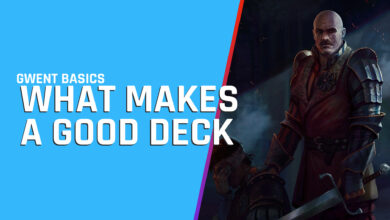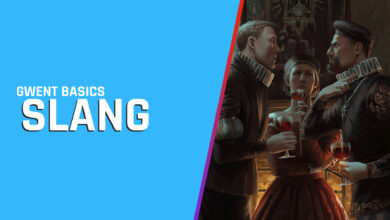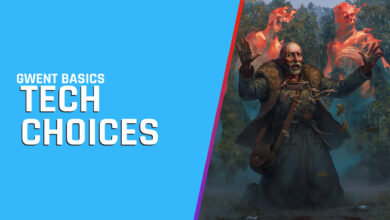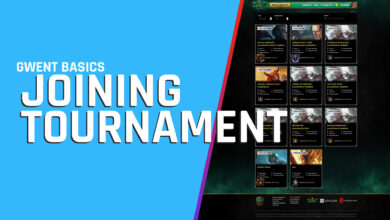Gwent beginner guide 2023
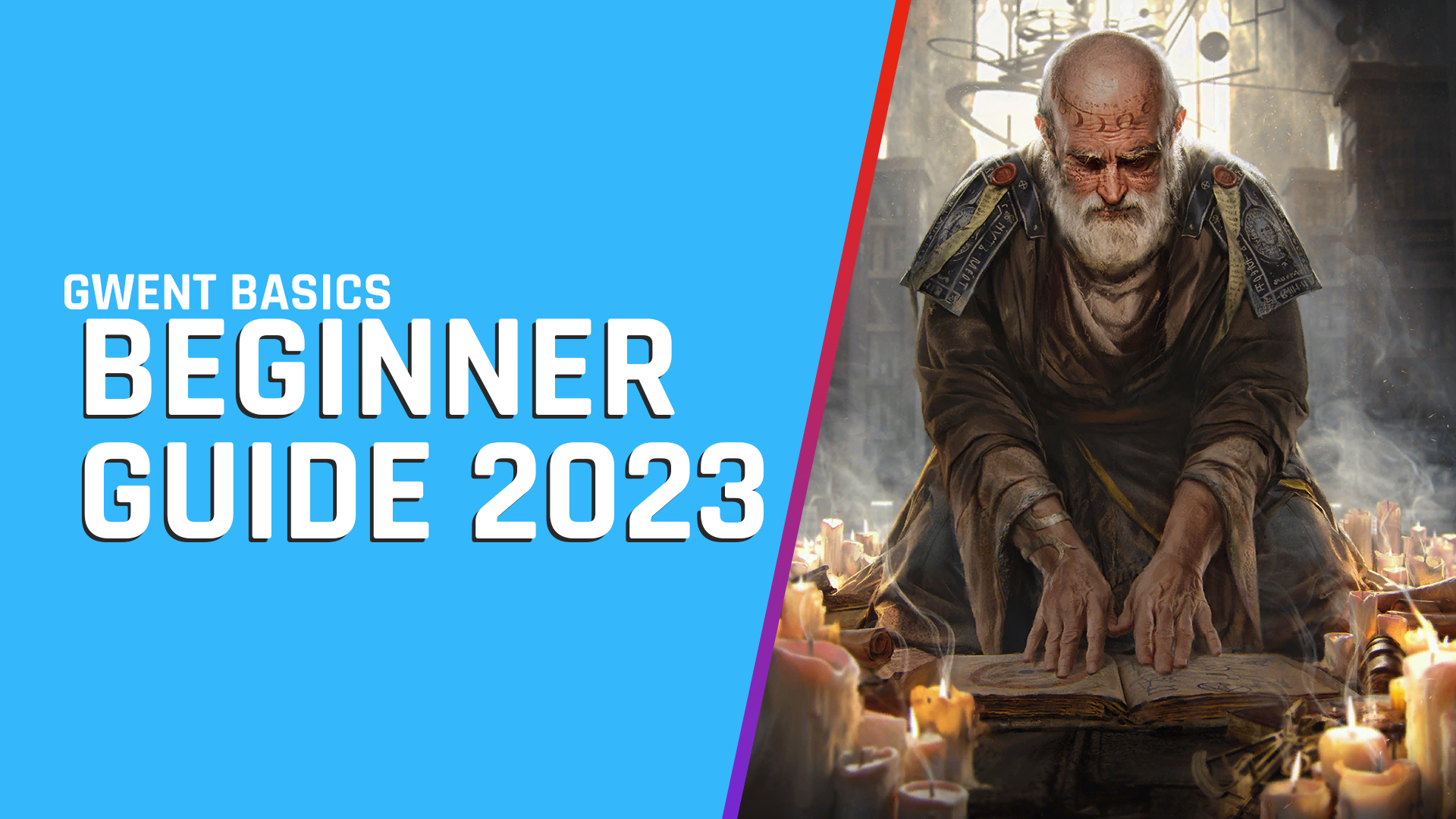
Jump to a section: Basic Gwent terms, Gwent archetypes, Mistakes to avoid, Tech cards, What to play, Links to follow, Other
Basic Gwent terms
Auto-include: Card with great power-level. A must-have for your deck.
Bleeding: Trying to get out your opponent’s good cards before they’d want to use it. If you won r1, you can go bleeding them in r2, if you want a short r3.
Blue coin: You go first.
BM: Bad manners, unsportsmanlike behavior, using taunts in inappropriate times, or roping excessively.
Buff: Strengthening a card, by changing it. Opposite of Nerf.
Baiting: Trying to get out your opponent’s high value cards before they could get better value from them.
Bo3-Bo5: Used in tournaments. Best-of-3 is until a player gets 2 wins, Best-of-5 is until 3 wins.
Brick: Card that’s almost useless when drawn, like both Sewer Raiders in the same time, Roach, or Knickers. Or a card that is almost useless in the current round for example Geralt without 9 points target on board.
Carryover: Saving points for later rounds, either boosting cards in hand or in deck, or by resilience, or in any other way.
Conquest: A tournament system where players have to win with all their leaders once before their opponent does that. Each winning deck can be used only once. Generally it’s Bo3 or Bo5.
Crown Points: Players gain them throughout the year, for finishing in the top200 players of Pro Rank, and for places in tournaments organized by CDPR. Players with the most Crown Points compete at the Masters in December.
Devotion: Having the whole deck only built from faction cards, no neutrals at all.
Drypassing: Passing in r2 without playing any cards.
Fmmr: Faction mmr, each players placement consists of their best 4 factions fmmr.
GG: Good Game. At the end of the match, you can send your opponent a GG, which rewards him with a small amount of ore, scraps, meteorite powder, or RP.
Graveyard-hate: Cards that banish cards from the graveyard to deny carryover.
Gwent Masters: A tournament organized by CDPR, the top8 players are invited in December. The 4 Open winners, and the 4 with the most Crown Points.
Gwent Open: A tournament organized by CDPR, there are 4 Opens each year. The top64 players from Pro Rank fights in the qualifiers to get the Open spots every month.
Hero-Pass: Passing in r2, with the expectation that your opponent can’t make the pointgap, otherwise you lose. It’s a brave thing to do.
Highlander: See Singleton.
Highroll: A lucky interaction, when the random effects help you. The opposite of Lowroll.
Homebrew: A deck not built by copying others, but self-made. Fine-tuning those homebrews takes a lot of experience and time.
Homecoming: In the autumn of 2018, CDPR revamped Gwent, with loads of new features, and marks the ending of beta, and starting of the official release of the game.
Journey: A battle pass lasting for 3 months. It is an alternative of the daily progression before, each Journey has a standard (free) and premium path (buyable with IRL currency)
Ladder: The ranked system, players getting their opponents based on their ranks, or their fmmr in Pro Rank. There are 31 ranks in total, a player starts from 30, and goes forward, the top is rank 0, known as Pro Rank.
Lowroll: An unlucky interaction, when the random effects are against you. The opposite of Highroll.
Meta: Popular decks, made famous by pro players, streamers, content creators. Esport Teams, like Team Elder Blood, Team Leviathan Gaming, Team Aretuza, etc. create meta snapshots to showcase these decks.
Mirror match: Playing against the same deck that you have.
Mulligan: Swapping cards from the hand to draw from your deck. Keep in mind that the mulliganed cards are shuffled back to the deck to a random position.
Nerf: Weakening a card by changing it. Opposite of Buff.
Netdecking: Taking decks from various pro players, streamers, content creators.
Placements: The first 25 games for 4 factions, so 100 in total. This gives you the fully unlocked mmr rating. It’s only important on Pro Rank.
Powercreep: When the new cards are much stronger than the old ones.
Red coin: You go second.
Prestige: Leveling up after getting xp from the matches. You switch prestige when leveling up after lvl60. There are 10 prestige levels, with various rewards.
Pro Rank/Rank0: Ranking up from rank1 gets you to Pro Rank (if you accepted the Pro Rank Regulations in the settings before) In pro rank, the base fmmr is bigger, and you can play against a lot of strong competitors. Finishing in the top200 grants you Crown Points, and finishing in the top64 gives you a spot in the Open Qualifiers to battle against the best players for a spot in the Open.
RNG: Random Number Generator, randomness in the game. There are a lot of cards with random effects, a good player can use them to their advantage.
Singleton deck: A deck that only uses a single copy of each card. Certain cards might need it, like Radeyah or Shupe.
Tech card: A situational card that’s only useful in certain cases, like a purify, graveyard-hate, or reset.
Thinning: Reducing your deck’s size in an attempt to get better draws from it later in the game.
Tutor: Drawing/playing a specific card from your deck.
Gwent archetypes
Monsters, the pointslam faction
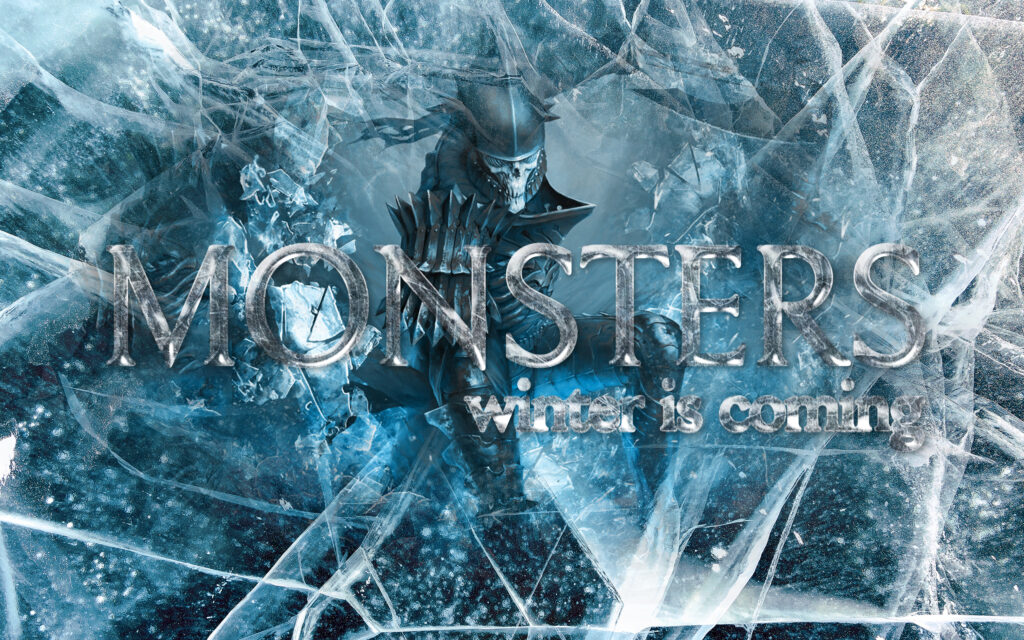
Deathwish: Using cards like Haunt, Miruna, and Dettlaff: Higher Vampire, the deck has huge pointslam options. The gameplan sounds easy, play the Deathwish cards first, then eat them. It can be a little tricky to find the right distribution of deathwish and consume cards, and drawing them in the right time.
Thrive: The deck is pretty straightforward. Play your thrive units from smaller to bigger, and get those thrive procs each turn. Because of this, you have little control, but the sheer amount of points should be worth it. Notable cards: Koshchey, Endrega Larva, Yghern.
Vampires: The creatures of the night patiently wait in the shadows as they apply bleeding, and wait for the effect to work its wonders. The deck operates with lots of cards that put bleeding and get payoff from it. Some core cards for this deck: Unseen Elder, Dettlaff van der Eretein, and Orianna.
Nilfgaard, the skillful deck manipulation faction
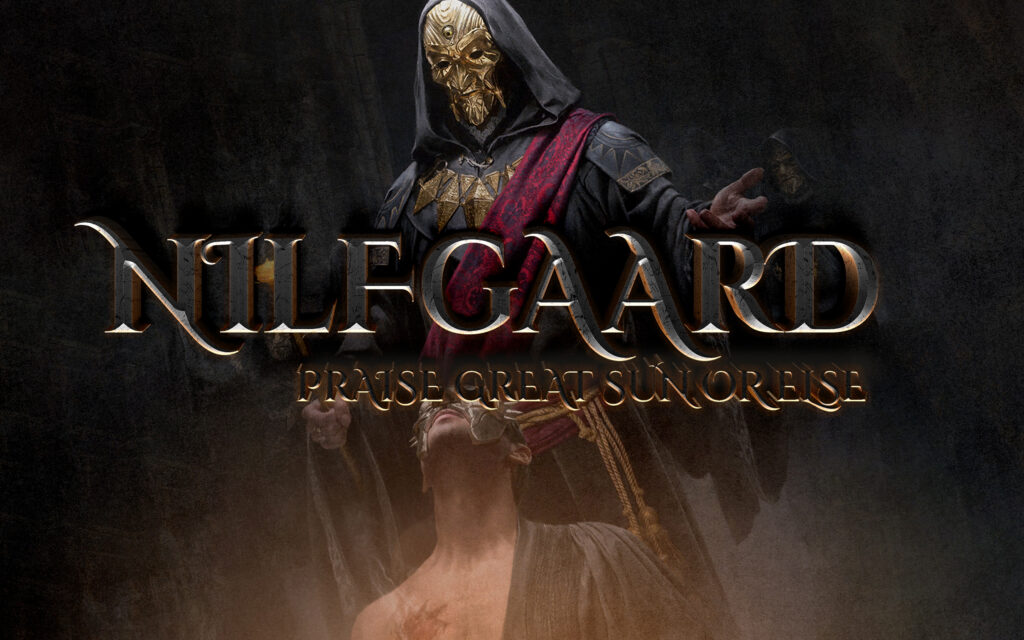
Clog: YEP, CLOG! If you enjoy watching your opponent suffer from the bad draws, then you’ll love this as you can guarantee those draws for him. Putting trash cards into the top is his deck will weaken his lategame, and most of the time they won’t find their golds through all the crap. Kolgrim, Gorthur Gvaed, and Cynthia all help you in this gameplan.
Hyperthin: Also known as Ultra Consistency. The deck thins to 1 (which should be the Imperial Golem or Tibor) then using Xarthisius, Yen:Divination, and Triss to gain huge amount of points in a few cards. This plan could fail if your opponent has some deck manipulation for you, or if you’re getting heavily bled in r2. However, few decks can drop that many points in a few cards as this one.
Mill: Some might argue that Mill is even more hated than Clog, and they might have a point. Milling the opponent’s whole remaining deck takes away all their cards that they couldn’t get early enough. Unfortunately (for the Mill player) the deck lacks reliable points, so it can be 2:0d easily, if the opponent knows what’s happening. Traheaern, Cantarella, and Kingslayer are the main cards to delete your opponent’s deck.
Northern Realms, the engine faction
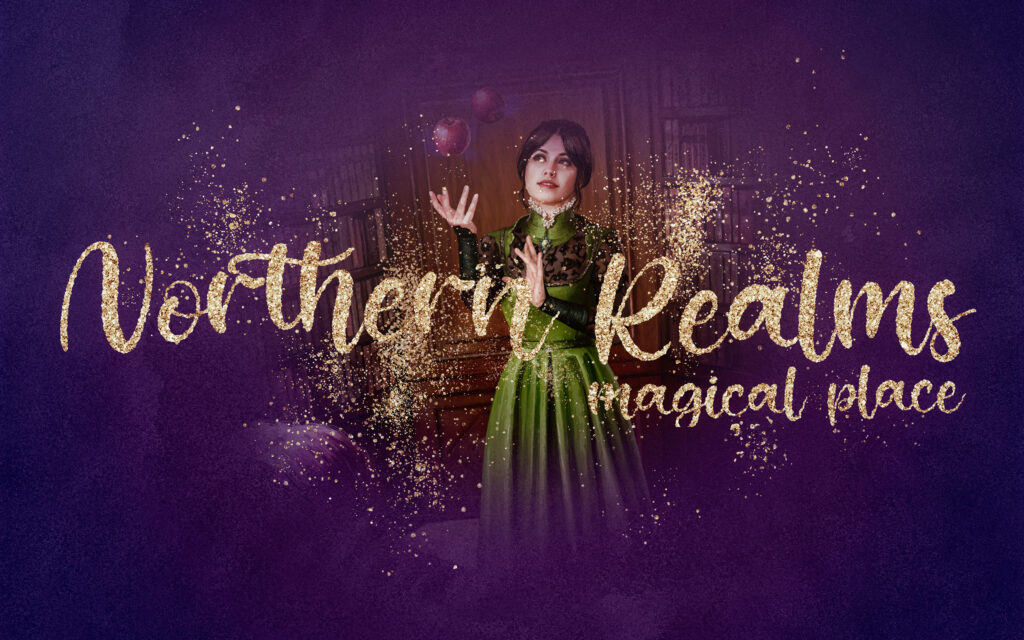
Mages: Mages were unplayable until recently they got some new cards to take them into the meta. They studied patiently and waited for the opportunity, so when the time comes they unleash all the power they spent preparing and studying the mystic arts. They use cards like Raffard’s Vengeance, Alumni, and Gerhart.
Revenants: What’s better than having an army? Having an undead specter army back from the grave. The army of revenants won’t stop until they devour all opposing units, or until they fill the row. The deck has great control tools and the revs are engines themselves. Some cards to consider: Forbidden Magic, Idarran, and Kaedweni Revenant.
Siege: If you are into heavy machinery (and who doesn’t lol) then you’ll like operating all those ballistas, trebuches, battering rams to lay siege on the opposing fields. Henselt is already salivating on these thoughts. Key cards: Siege, Raffard’s Vengeance, and Reinforced Ballista.
Scoia’tael, the swarm faction

Elves: If you ever wandered into a forest all by yourself then you might’ve felt eyes in your back, and a strange feeling that you’re being watched. You were probably right. The elves are very fierce to protect their territories, setting up ambushes, and traps. Pure elves is usually the deck choice, with cards like Feign Death, Vernossiel, and Aelirenn.
Dwarves: “Ever had your kneecaps broken?” That’s exactly what will happen if you underestimate the sturdy dwarves. They are resilient little creatures that are loyal till the end. The dwarf tribal deck is resurfacing time and time again, in certain metas, and can be quite powerful in certain matchups. Some of the important members are Brouver Hoog, Yarpen Zigrin, and Xavier Moran.
Harmony: All Scoia’tael units belong to a big family, they deserve to be together, and there’s nothing better way to achieve that than using the Harmony keyword. Harmony itself was so good that it was nerfed at some point (although that nerf was reverted later). If you skillfully put down the Harmony units one after the other, then they’ll all proc, and give you awesome buffs. Well, not that awesome as Assimilate, but beggars can’t be choosers. Key cards for Harmony: Water of Brokilon, Weeping Willow, and Percival Schuttenbach.
Skellige, the control faction
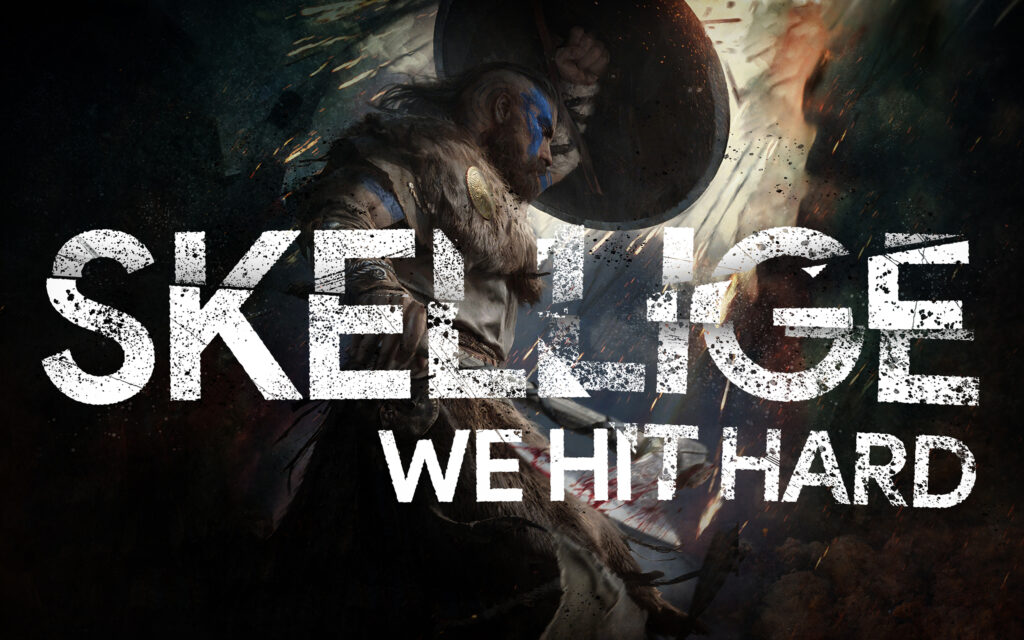
Alchemy: The deck can’t die, it always comes back stronger, now with some new additions, it can smurf hard. The druids keeping the cult of Gedy alive, and their word is the law in Skellige. The raw power of the deck is bonkers, it can produce a huge amount of points in a few cards, but the engines also love a longer round as well. Cards that you’ll need building the deck: Gedyneith, Crowmother, and The Mushy Truffle.
Control: Skellige decks have a special bond with graveyards. Especially if they are the ones that can put you there. Skellige decks have a great variety of control tools at their disposal, so they can be creative in ways of killing your stuff. Which can be annoying, but at least you can get a better view of the game board, with no units to distract you. Nowadays Control SK uses Fucusya, Morkvarg: HOT, and Junod.
Rain: I bless the rains down in Zerrikania, they deserve it too. And on that topic, maybe everyone deserves some rain, life would be boring with constant sunshine, right? So SK brings the weather with itself, prepare your umbrella. While we wait for Dagon, our lord and saviour, we can jam those raindrops in the meantime. The whole strategy of this deck is to soak the opposing board, and put down those Messengers. If your Rioghan missed his date with the squirrel, then you can get the biggest pointswing in the history of Gwent with your last play resurrecting him (for real). Necessary cards: Messenger of the Sea, Rioghan, and Melusine.
Syndicate, the combo faction

Bounty: The deck utilizes Bounty-giving cards and cards that damage them. This sounds simple enough, right? There’s a catch though, sometimes you won’t have some of those, and the whole strategy collapses. Or you won’t draw spenders, and overfill the bank in time, which is not a problem for Jackpot leader, but still, some spending won’t hurt closing the gap. The deck can struggle against decks with no good bounty targets, but has a good shot at everything else. Key cards: Witchfinder, Graden, and Professor.
Hoard: If you like earning money, but hate spending it, then you’ll love this archetype. With cards that need a certain amount of coins to work, you can fill the bank, and have all those passive engines ticking over time. The deck is very engine-heavy, so it can struggle against heavy-control, but can beat other decks. Notable cards: Passiflora, Von Herst, and Saul de Navarette.
Swarm: It was once a noble crusade, and at the top of the meta, now the SY swarm decks are practically non-existent. While we hope for some support, we can play with the old powercrept cards, and have some nostalgic feeling while we have a losing streak. Now, if we set those thoughts aside, there are some matchups where the swarm can come out on top, against decks with too many tall removals, they won’t topple the army of Zealots. Important cards here are Ulrich, Dies Irae, and Sacred Flame.
Mistakes to avoid
Passing without calculating the engine value on board
This happens quite often, there are a lot of engines in most decks, and calculating their values can be hard, especially when time’s running out.
Knowing when to bleed and when to pass
This topic is very difficult to explain, but generally if you won round 1, and want to shorten the last round, you can go into a soft or hard bleed. This can happen because your opponent’s deck has an awesome long round, or because there are cards that you can’t answer, so you try to bleed them out in round 2.
A lot of players bleed incorrectly, just because they saw pro players do it in tournaments, so they want to bleed as often as they can. Correct bleeding can only be learned by practice, and by watching the aforemented good players.
Using all your key cards (and leader) just to win on even in round 1
That tactic is usually bad, because if you dropped all your golds in round 1, you don’t really have any more firepower to contest round 2 and 3. Sometimes it can work, if your opponent also drops his key cards, then you can try to keep ahead.
Milling your unused cards in the deckbuilder
There are balance patches in Gwent quite often, so you shouldn’t destroy your collection, because the non-used cards can be buffed to be playable. Gwent’s economy is very generous, so you can have competitive decks in no time.
Playing in practice mode
Beginners have a very hard time in casual, because in ranked they get opponents with the same skills and collection level, but casual don’t have this matchmaking limit, it queues everyone together, so it’s very likely that you’ll get an opponent from higher ranks who just wants to test his decks, or having easier time to win than in ranked.
And now some very specific ones.
Doomed
Doomed units are removed from the game when they leave the battlefield. This means that you can’t put them into your deck, and they won’t go into the graveyard.
Resilience
Resilient units stay on the battlefield for the next round, but they lose all their boost and armor If they were damaged, they won’t heal back. Note that Veil prevents gaining Resilience status for She Who Knows. Also, if you’d give Resilience to Yghern, it dies unfortunately, since as it loses its armor, it dies immediately.
Sukrus
Sukrus prevents all damage to the unit to its left. This means that a defender or Arnaghad are almost indestructible next to him.
Row limit
The row limit in Gwent is 9. That means that you can’t use your Overwhelming Hunger leader on a row that’s already full, because the Ekkimara won’t spawn (but the target unit is destroyed first anyway). Also, Master of Puppets can’t Seize units if your target row is full. Now let’s see Gezras’s ability. If he wants to move, but can’t, because the other row is full, he just won’t move, but does the extra ability regardless of he moved or not. So if he stayed in the Melee row, he’ll boost the other units on each turn end.
Bounty
There can be only one Bounty (like the Highlander) active, so you should destroy the first, before targeting other units. Bounty money doesn’t work with the Jackpot leader, because you don’t get the coin from a unit, but from the Bounty ability.
Tech cards
Tech card (hereinafter “tech”) is the card that is neither really synergetic with an entire deck nor generally useful, but can find good value in specific situation. Mainly we put techs in the deck to target some cards or decks which are prevalent in the meta.
In this article, we’ll introduce types of tech cards and how to use them.
Purify
Purify means ‘remove all statuses of a unit’, and is probably one of the most used techs in the game. In general we can classify purifies into two types : Offensive purify and defensive purify.
Offensive purify means a purify that is used on enemy units’ good statuses – resilience, defender, veil, good infusions (e.g. the one from Bronwen), etc. If there are a lot of decks that make use of those good statuses in the meta, offensive purify might be useful.
On the other hand, defensive purify means a purify that is used on our units’ bad statuses – lock, poison, rupture, bad infusions (e.g. Eternal Eclipse Initiate’s infusion), etc. If your deck is vulnerable to those bad infusions – for example, engine decks dislike locks – defensive purify will be good.
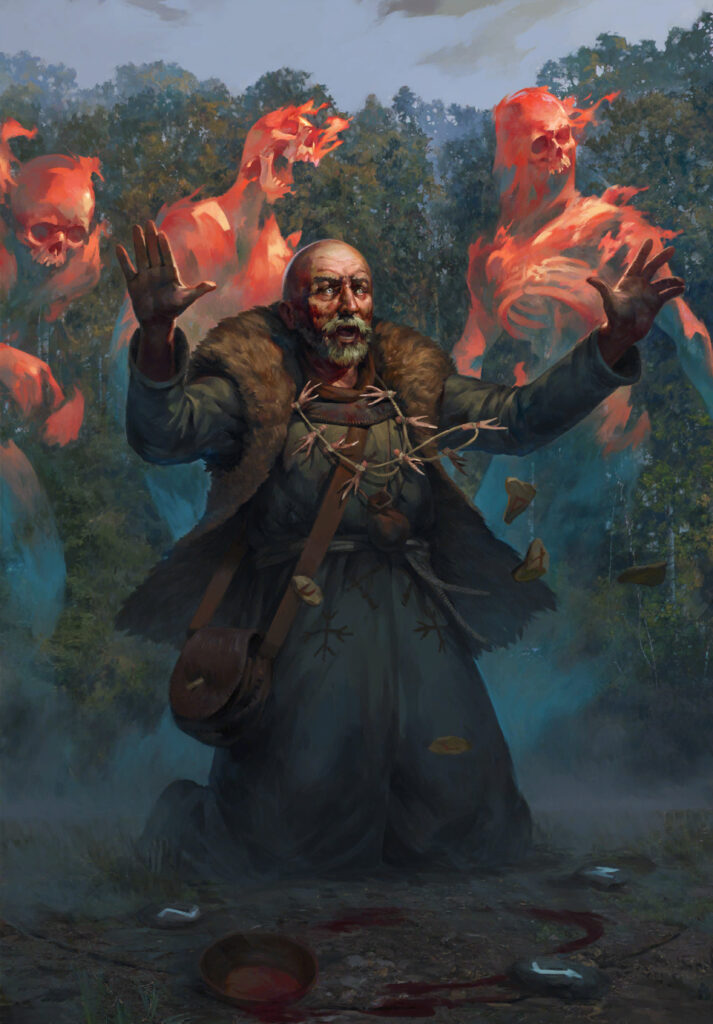
Purify cards like Pellar and 6p faction purifies can do both types of purifies. But be careful, some other can do only one of them and faction 4p purifies need to satisfy a specific condition to make use of both offensive and defensive purify.
There are also some special case of purify cards. Spring Equinox is a defensive or offensive purify that can purify the whole row – it was used in Reavers deck when Imprisonment was the most dominant deck. Tempest is a offensive purify that can purify an immune unit, and lots of players brought the card to official tournaments as a tech against Saskia or Bronwen.
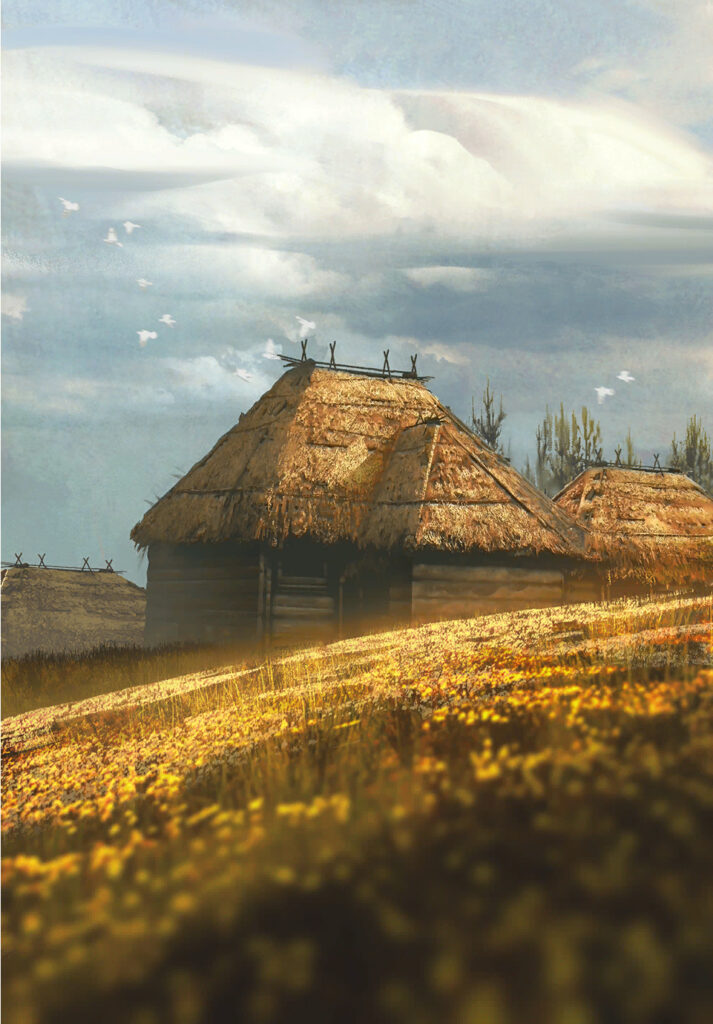
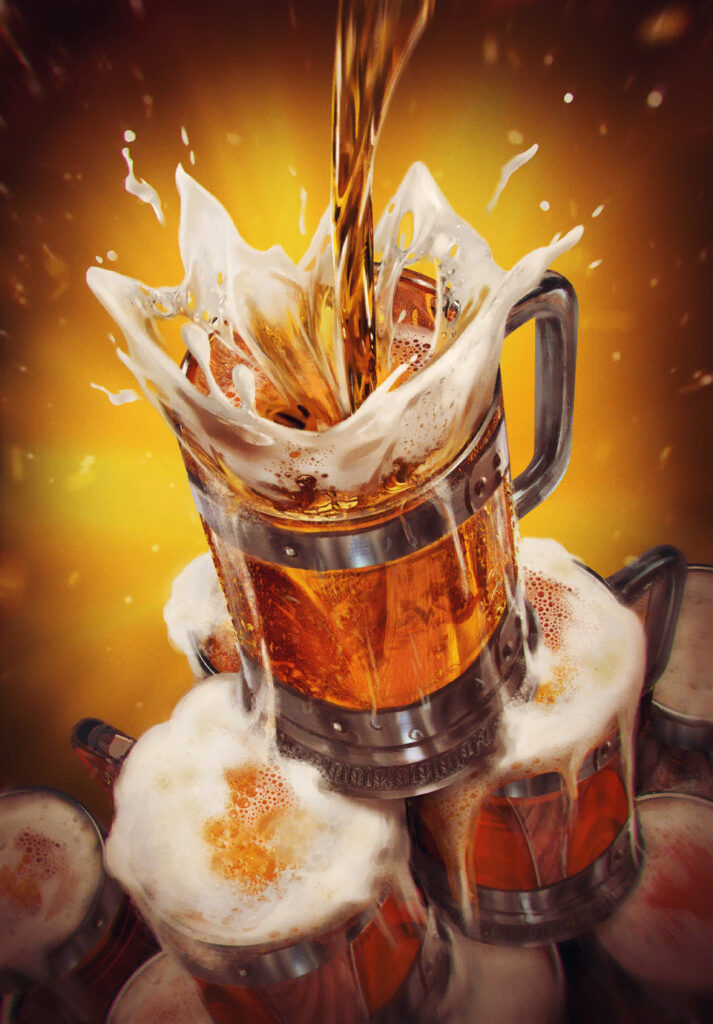
Also, Mahakam Ale has an ability similar to defensive purify, but as an inferior version. It can unlock an unit, but is useless against other bad statuses.
Lock
Lock is a status that disables a unit’s abilities, including infused ones. Usually we tech lock for opponent’s engines, especially the most dangerous one. But there are also very rare occasions that we need to lock our own units. False Ciri and a unit with Initiate’s infusion are the best examples.
If there are a lot of engine decks or cards which need to be answered, Lock will be a good tech choice, especially if your deck has not enough amount of control.
Most factions have their own locks, so they might be the first consideration. But SY and MO have to consider neutral locks like Dorregaray or Aguara if you really want one since there’s no faction lock card.
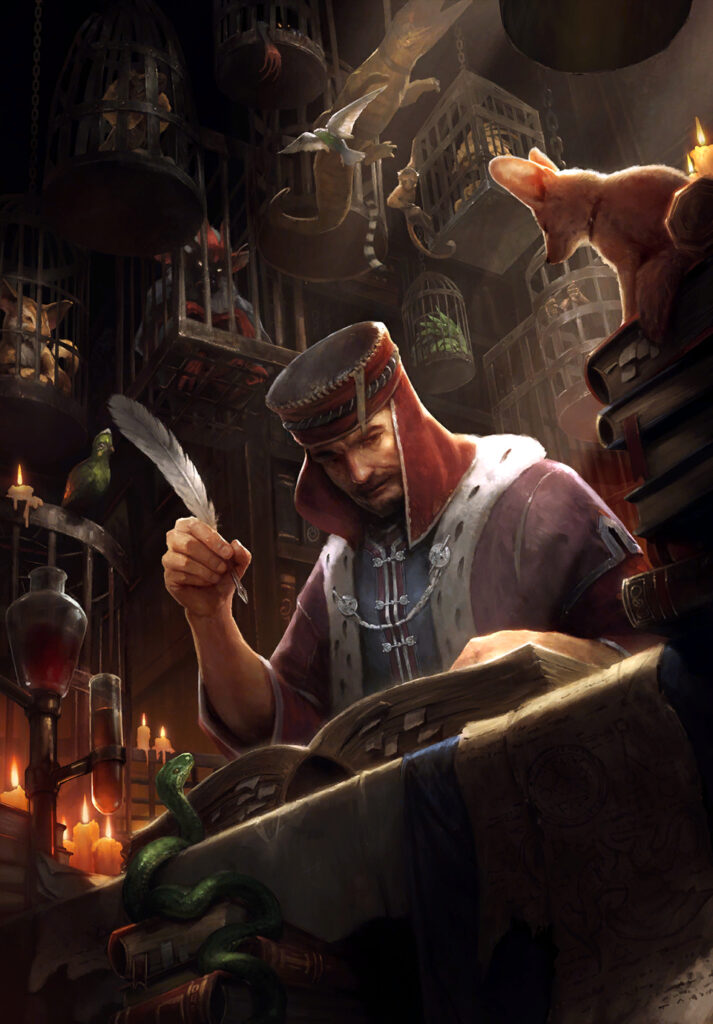
Tall punish
Tall punish means a card that can remove opponent’s tall unit (=a unit with high power). It’s useful when lots of decks like to grow tall. But against decks without tall units, it might find poor value or even bricked possibly.
Korathi Heatwave is the most popular tall punish card, since it is unconditional removal and can also deal with artifacts.
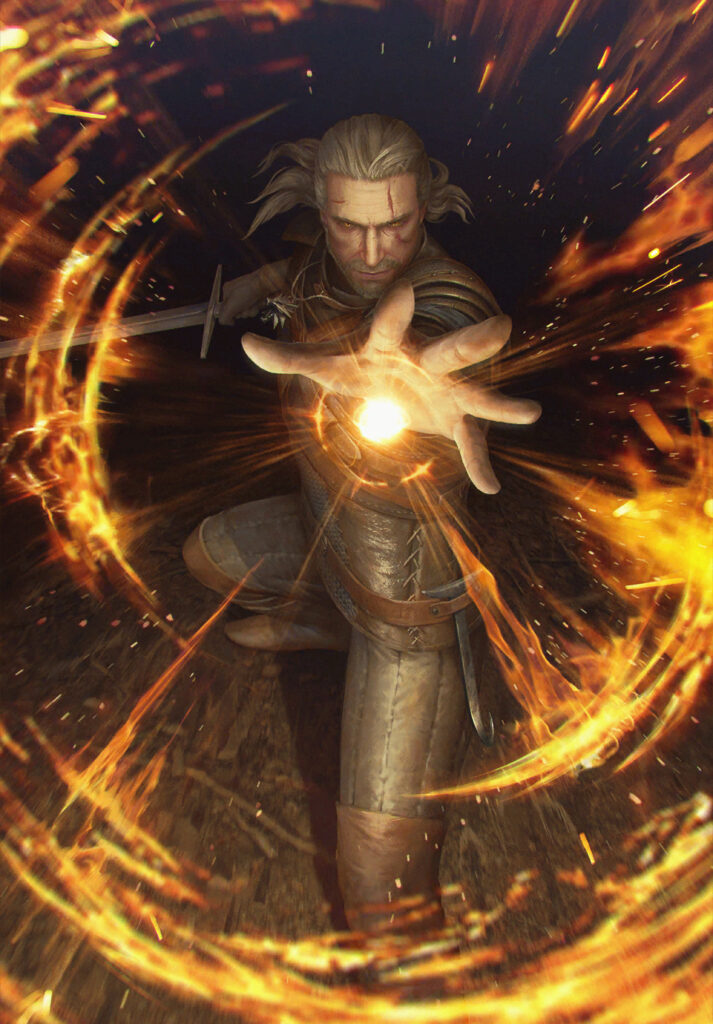
There are a lot of tall punish Geralts (Geralt of Rivia, Igni, Professional, Axii), but you need to be careful when you choose them since they can brick sometimes.
NG is the best faction in terms of tall punish – both quantitatively and qualitatively. You can easily choose between cards like Vilgefortz, Leo, and Ivar. For now, Vilge is the most popular choice.
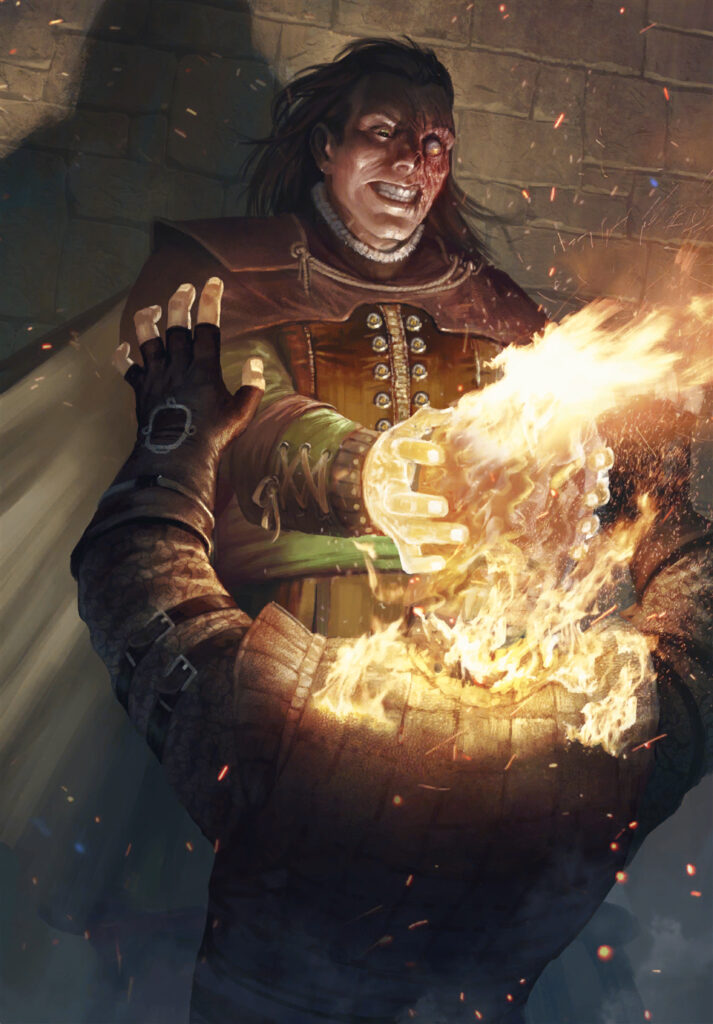
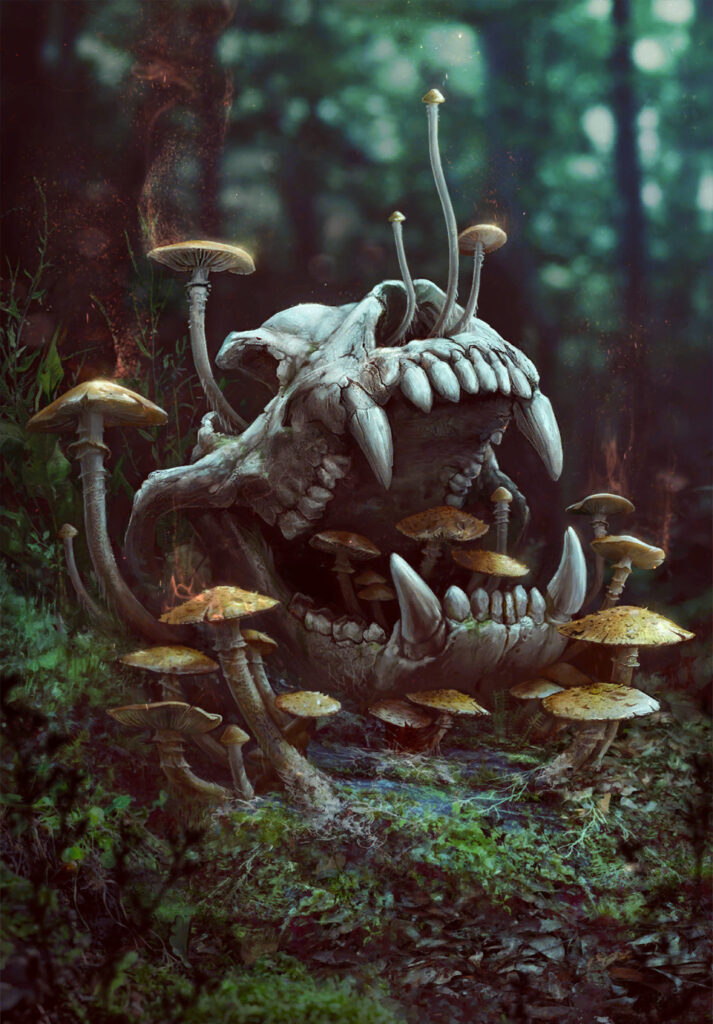
If you’re looking for cheap tall punish, there’s Spores for you. But, be careful, it is only useful against boosted tall units, so against Regis or Arnjolf Spores can’t find good value.
Poison package is also a good cheap tall punish, but only SY, ST, NG have poison cards. And usually it takes two turns to kill an enemy unit, so you cannot deal with a tall unit if opponent plays it in the last turn – unless you have double last say.
It might not be the best example of tall punish, but in this season we must mention Will O’ the Wisp. Since all of 14p new cards are doomed, Will O’ the Wisp does the same job that Heatwave does against some decks, for only 5 provisions.
Row punish
Row punish means a card that can damage all units on an opposing row or two. It is useful against swarm decks – the decks which go wide like Firesworns.
Lacerate and Stammelford’s Tremors are two basic neutral row punishes. For faction cards, there’re cards like Werecat(MO), Tinboy(SY), Crushing Trap(ST), Sabrina Glevissig(NR), etc. Recently added Svalblod, evolved Dagon and Gregory also have row punish abilities.
In this year’s October season, Surrender was the most popular row punish card. It can find crazy value against Reavers unless they play around it with locations, and was also good against Renfri NG and Sigi SY since they rowstack too.
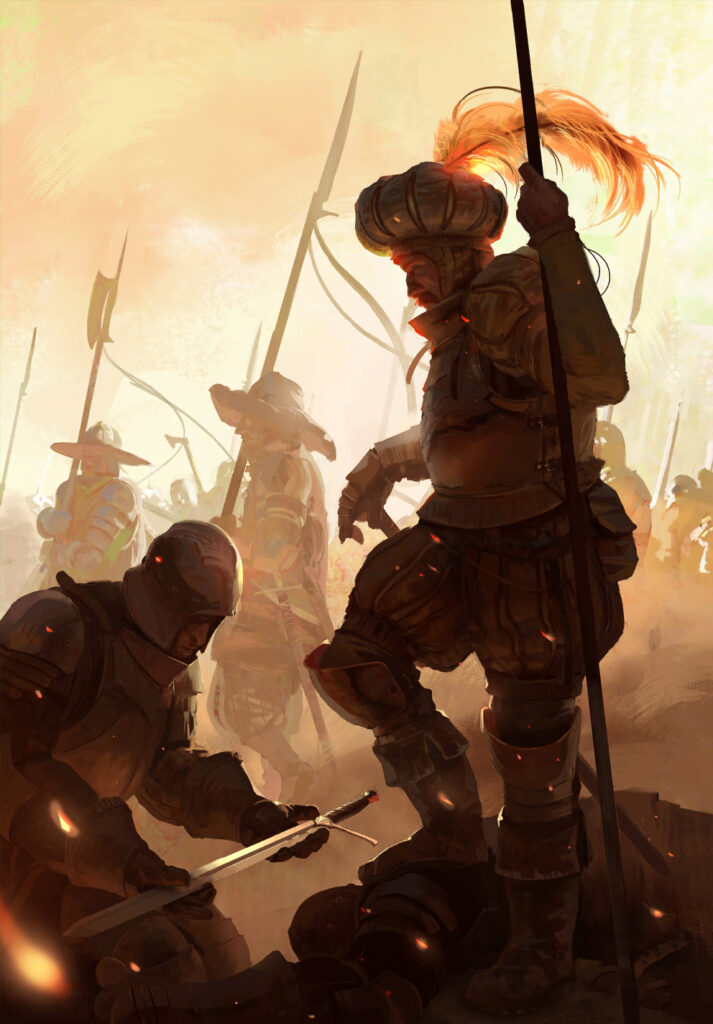
Movement
There are several row-locked (the ability is only available in one of the rows) engines in Gwent. Against those engines, movement cards can act as lock, with cheaper provisions. But that is not the only use of movement techs. If your deck has some row effects to use (e.g. Frost), movement can always find value. Also, you can move the opponent’s unit to clog one row – putting the opponent’s two Eternal Fire Disciples in one row will decrease their value from their fee. Sometimes movement can increase the value from row punish or unbrick Igni.
Movement can also be used on your own unit. When the opponent moves your row-locked engine, you can counter it with your own movement. Moving Weeping Willow after using the poison ability is also a good example.
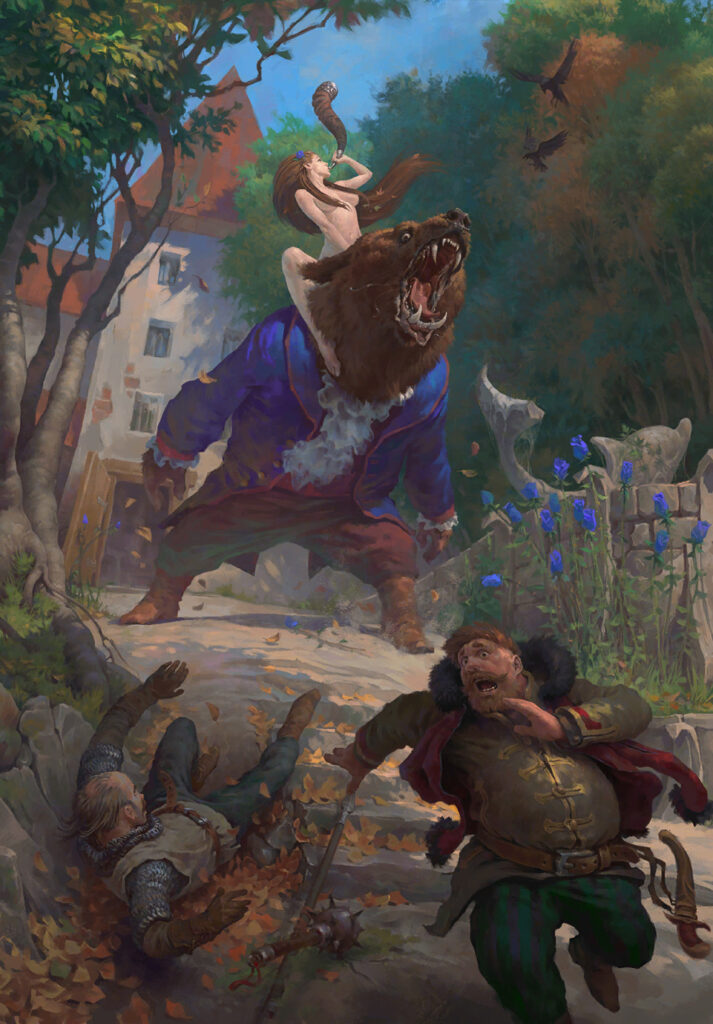
In some situations, a single card with more than one movement ability is useful. Nivellen, which arguably had nice card art before censorship, can move 3 adjacent units and it’s really good against Reavers. Malena can move one unit every turn, and it’s a nice engine when you have Dol Blathanna Sentry on Board.
Graveyard Control
Sometimes you need to banish a card from a graveyard. Banishing echo cards like Oneiromancy, Amphibious Assault, Hen Gaidth Sword can deny a lot of value. Also, when the opponent’s deck makes use of the card from Graveyard like SK decks and Deathwish, teching GY control is useful.
Squirrel is a commonly used GY control tech. Xavier Lemmens can banish a card from GY every turn and has 2 more power for 2 more provisions.
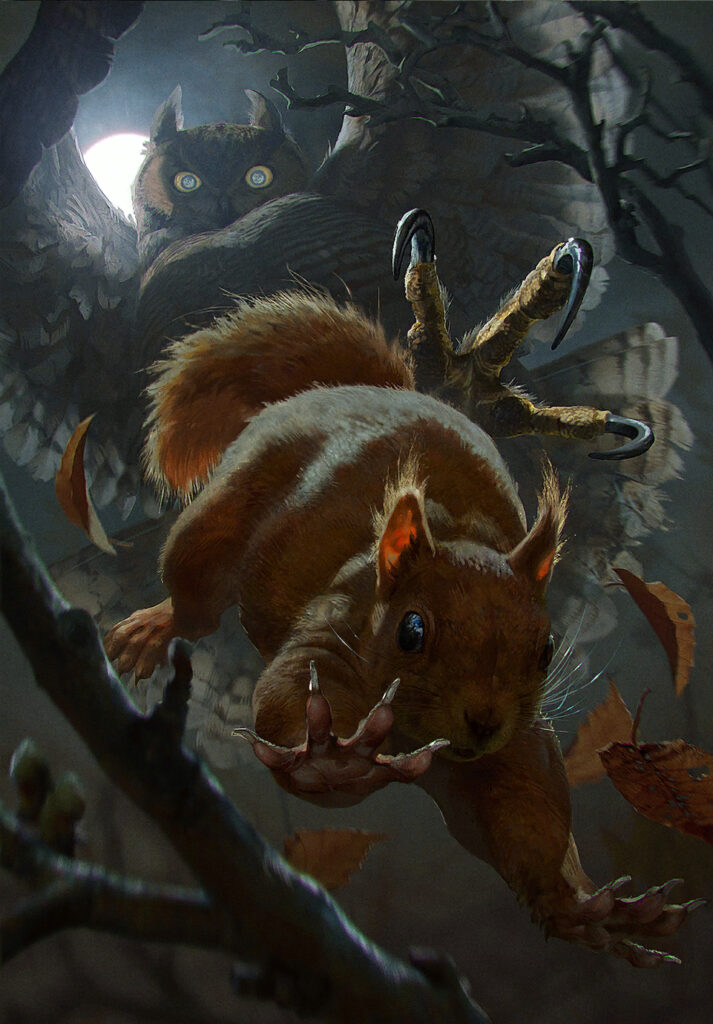
Experimental Remedy is a special case of GY control, which can play a unit from the opponent’s graveyard. Playing the opponent’s big SK veteran unit which reworked Draid Bon-Dhu nourished will make one more NG-rant post on Reddit.
Other situational techs
There’s also some techs that can not be easily classified.
Danirai and Kams134 surprisingly brought Tesham Mutna Sword to Masters #4, which mainly targeted Ciri: Nova. Probably the sword has some potential in this season too, because of those doomed 14p cards.
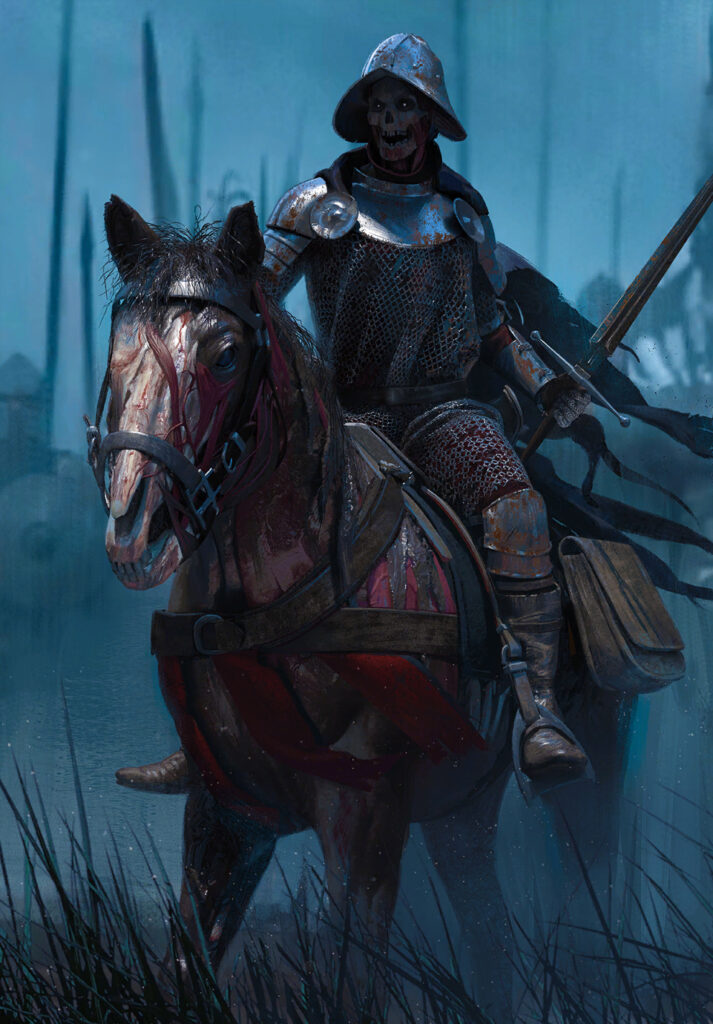
Cursed Knights is versatile tech. It can be a defensive purify against poison or some bad infusions (from Sove or Initiate), deny False Ciri, and can sometimes brick opponent’s Coup de Grace.
Fortune Teller can either give veil or doomed to a unit. Veil is very useful against poison, and doomed can do a similar role as graveyard control if used on cards like Succubus, Madoc, etc.
When there’re a lot of high-end cards with good deploy ability in the meta and your deck doesn’t has one, there is a fun and toxic tech – Ihuarraquax. Some of the Harmony players in this season played it to tech against NG (Torres, Artaud, Stefan) or SK (Fucusya, Tyr, Harald).
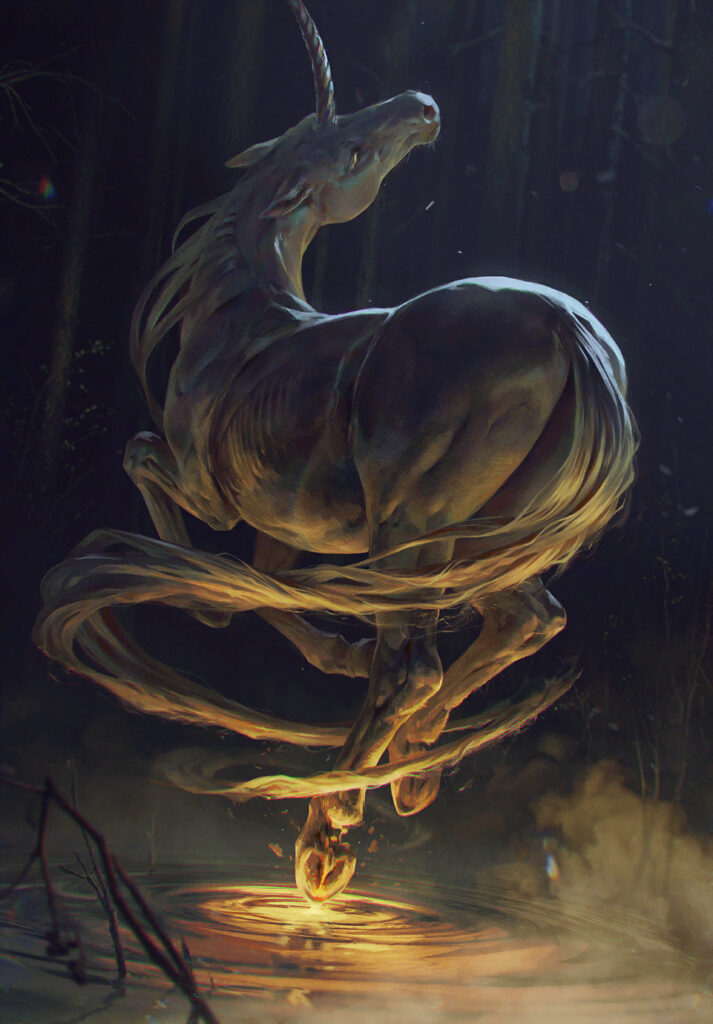
Shilard Fitz-Oesterlen was a thing when Sunset Wanderers was an auto-include card. It can also be good against decks that have a high power unit in hand – Sove, Regis, and any unit in a Handbuff deck.
There are lot more techs in the game that we didn’t mention above. Fun and necessary aspect of deckmaking in Gwent is to analyze the meta and find right tech choices to include. Hope this article helped you to get the hang of tech choices and how they work.
What to play
You can find the best current decks in our meta snapshot.
As for now (beginning of 2023) top decks are:
Skellige Warriors
Northern Realms Knights
Nilfgaard Enslave 6
Scoia’tael Harmony
Northern Realms Reavers
Monsters Dagon Deathwish
Syndicate Nekker
Links to follow
Gwent official
- Main website – PlayGwent.com
- Social media: Twitter, Discord, Facebook, Instagram, Youtube
- Deck library
- Tournament Platform
- Forum, Support, Invite a friend
- Esport, Pro rank ranking
- Gwent team: Paweł Burza, Ryan Godric, ThorSerpent, Repek
Community websites
- The Voice of Gwent (Website) – cards library with voice lines
- Novigrad Journal (you are here) – news, interviews, articles, decks videos, and tournament summaries
- Trendy Gwentleman (Website) – cosmetics library, journey calculator, deckbuilder
- GwentData (Website) – statistics from open players profiles, win ratios, rankings
- Custom Gwent (Website) – custom Gwent cards creator
- Gwent.pro (Website) – repository for tournament decklists, archived by patch and deck types
- Reddit: Gwent, Competitive Gwent
Other
If you are looking for a place to ask a question or talk about kegs choices, upcoming events, and other Gwent stuff join our Discord we talk about everything Gwent-related.
